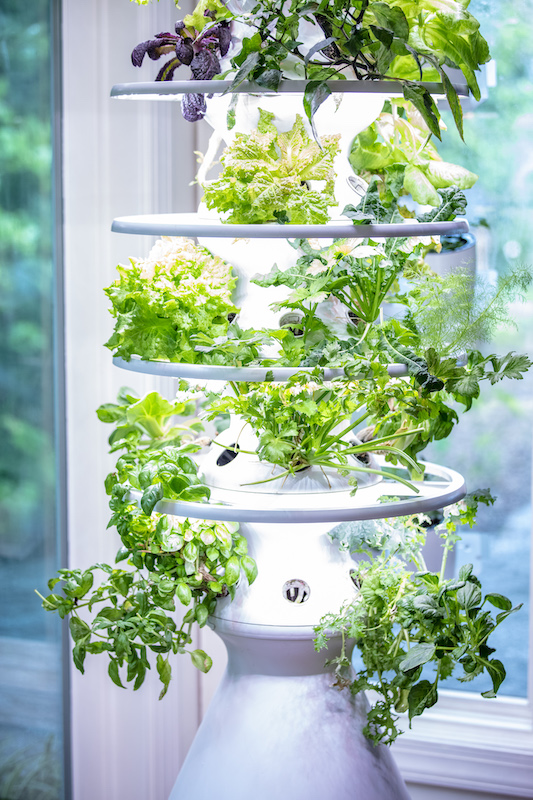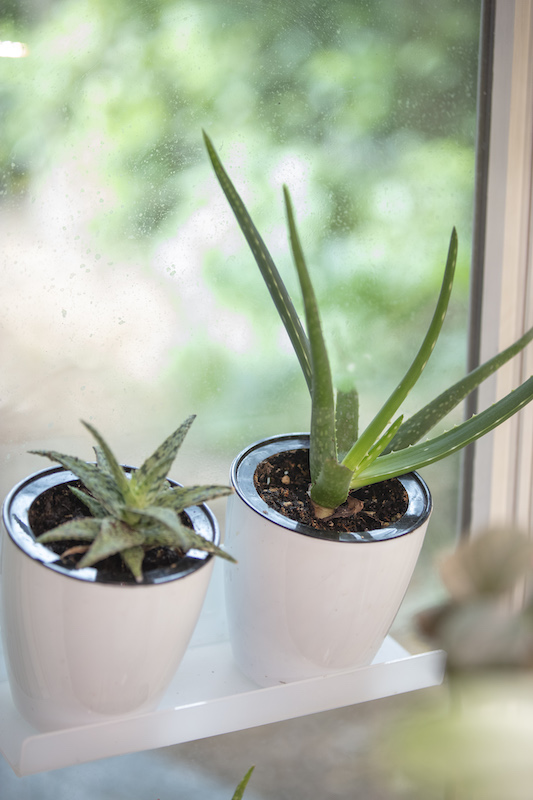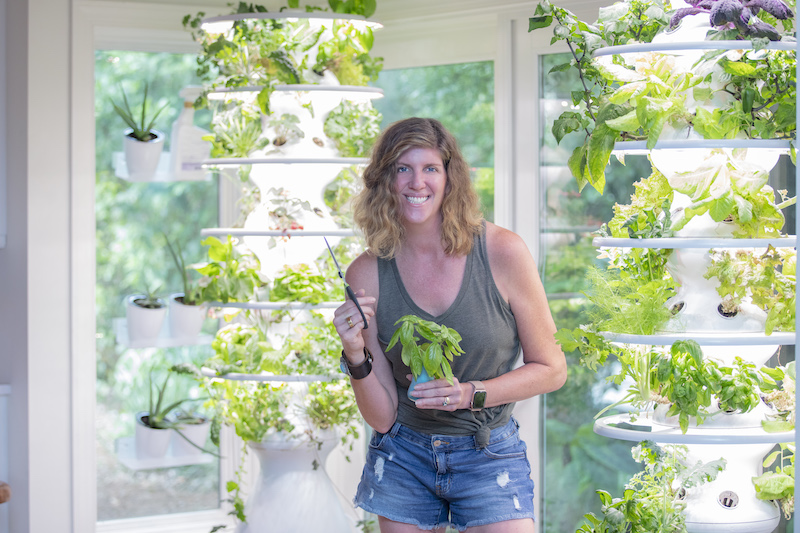
I might just be posthumously a millennial, but there is an ingenuity to being seemingly industrious without actually doing anything. I believe my parents’ generation labeled it as being lazy, but they may be missing the art form of it all, and I have applied this concept to provisioning our home.
Call it COVID fatigue, middle-age malaise or the confluence of both, but I now detest going to the grocery store. This, mind you, has nothing to do with the people who work at the grocery store—a shout-out to Brad, Jack, Leo (who just retired), Adrian and Edy at the Harris Teeter south end location. I love you all. Really I do. I simply have evolved into hating grocery shopping and, reactively, have begun practicing what I call “homegrown grocery shopping,” which involves doing the bare minimum, avoiding the grocery store at all costs, and still providing healthy staples for the fam.
This evolution comes with a caveat. For the unmotivated, there are some things you have to buy at your local store or gourmet shop. These must-haves include:
• Cooking ingredients like high quality seasonings such as salt, pepper, and olive oil.
• Eggs (unless you have your own chicken or ducks, which having had both, go with chickens).
• Meat and fish (unless you hunt or fish).
• Toilet paper (unless you get a bidet or bidet attachment, which I highly recommend).
• Cleaning products (although I have made my own in the past, nothing really cleans like good old fashioned Clorox).
• Rice and bread (Yes, you can make your own bread, but who really has the time to be a baker?).
And yet, with minimal effort, being completely indoors, even without having much square footage, you can generate much of the most nutrient-packed items on your grocery list. Let’s start with your vegetables and herbs.

Indoor garden
There are several indoor gardening systems on the market like Gardyn, AeroGarden, Rise Gardens, and my personal favorite, Lettuce Grow. Yes, these spacecraft-looking veggie/herb makers can get a little pricey, but I would suggest not starting with the largest size. Instead, slowly add on (options like the Lettuce Grow are modular and you can add tiers). FYI: You can do a payment plan, too.
Also, experiment with different plants. We have found we like a myriad of lettuces, strawberries, spinach, chives, parsley, basil and cherry tomatoes. We did not like growing larger variations of tomatoes like Plum Regal, edible flowers or mint; all became overgrown and crowded the other plants. We also were not as successful with green beans and some of the “stalkier” cruciferous like broccoli because we believe the plants needed more soil and space. Nevertheless, we have seriously upped our garden game with very little effort. Weekly maintenance only takes 15 to 20 minutes and involves minimal pruning, applying Neem oil if needed, checking the water level, and adding nutrients. Every three months, we do have to dismantle and wash the Lettuce Grow, which takes two hours since we have two 36-plant towers. Noteworthy: since getting the Lettuce Grow, we now have an ample, always available fresh food supply that serves as a visual, topiary-ish reminder to get our daily dose of greens.
Sprouting kits
When it comes to sprouting kits, you don’t need to get fancy. Yes, there are some kits that look better on your countertop than others, but my favorite is the Kitchen Crop Seed Sprouter. Sprouts are hearty little greens, so do not feel like you need great natural light or you have to babysit your sprouts. I simply empty the water basin, rotate my trays and re-water my Kitchen Crop Seed Sprouter once a day until about day five when it is time to harvest.
Kombucha kits
Again, these kits are often inexpensive and, if you like kombucha as much as I do, after one or two batches, you are already saving money. I am a fan of Brew Your Bucha from Amazon, which includes a starter fluid and globular, alien-like thing called a scoby, which is actually a live culture and natural probiotic. All you need is your favorite black tea, sugar, and a large mason jar, and in about one week of you doing nothing but just ignoring the fact that you have a scoby on your countertop, you have kombucha.
Nut milk makers
In my household, we are trying our darndest to go dairy-free. What that looks like is nut milk in our coffee, homemade creamy soups and smoothies, and then Saturday charcuterie when we binge on brie, gouda and other fun cheeses. But I digress. There are several nut milk makers on the market like Almond Cow (which I have and love), Tribest Soyabella, and Nutr. The main considerations to think about when getting one of these are: how easy it is to clean, how much space it takes up on your kitchen counter or in your appliance drawer, and how effectively it uses the ingredients. My Almond Cow is super easy to clean, occupies very little space, and takes less than five minutes. Furthermore, I am having fun experimenting with different nuts like hazelnut and cashew, as well as oats and flaxseed. I feel a bit like a healthy mad scientist combining different dairy-free milks with ingredients like sea salt, vanilla extract, and maple syrup.
Homemade hygiene/beauty products
Just to reiterate, I’m a “quasi-millennial, middle aged, living-in-the-time-of-COVID mom” and all about doing as little as possible to maximize results. So, when it comes to this category, I could be doing more, and at one point I did. I used to make my own toothpaste, deodorant, sunscreen, shampoo—you name it. Now, I keep things simple and only make my own lotions and perfumes because this involves, you guessed it, the least amount of work. All you need is a carrier oil like vitamin E, jojoba, coconut, almond or argan and essential oils like rose, peppermint, grapefruit, lavender, jasmine, frankincense, and lemon. The only caveat here is you need to be picky about your ingredients. Get a high-quality carrier oil, and research your essential oils resource, because low-quality ingredients can cause skin irritation and even breathing problems. (FYI: I only buy doTERRA.)
Club soda
This one is not only a money saver but also an environmental saver. If your family is anything like ours, we can demolish a case of lemon Le Croix in a matter of minutes. But not anymore. We were gifted a SodaStream and have never looked back. Originally, the kids liked to play with all the artificial flavors that came with the SodaStream, but now they only use fresh ingredients like lemons, grapefruit, raspberries, blueberries or something from our Lettuce Grow.
Becca Edwards is a wellness professional, freelance writer, and owner of Female IQ (femaleIQ.com).


